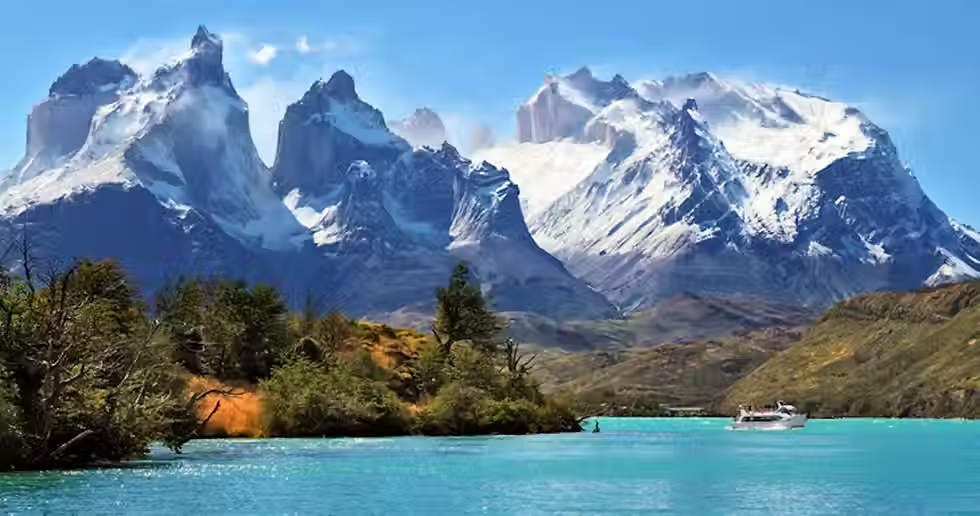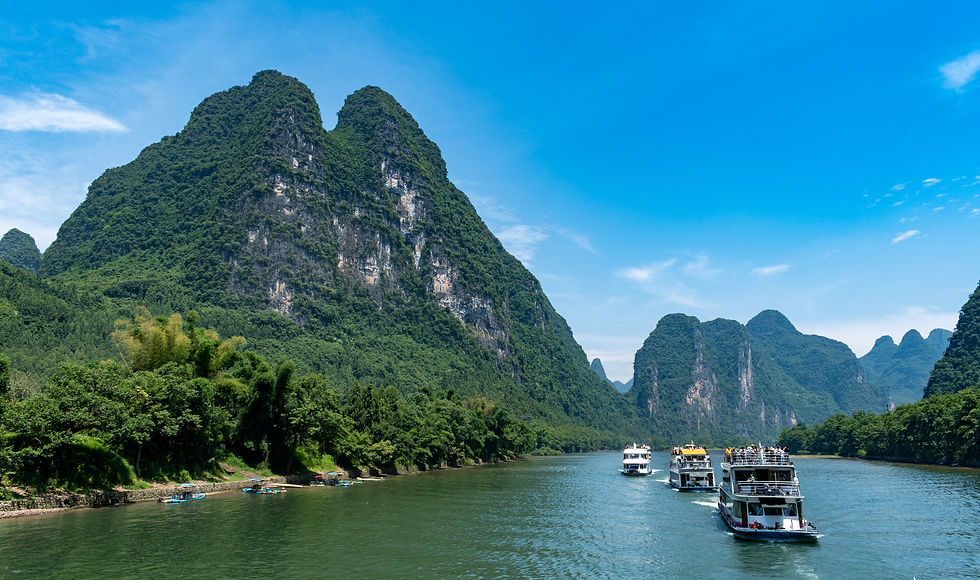GOING SOLO IN JAPAN - Swans in Sapporo - 1
- Usha Shah
- Nov 2, 2008
- 6 min read
Swans in Japanese language are called Hakucho. I was very keen to see swans in natural surroundings. During my stay there I read in English News paper Japan that during winter months they fly up to rice fields around Tokyo. This was along with a photograph showing swans in rice fields. So I had kept a cut out of photo of a swan in a farm near Tokyo area.
But whenever I tried to find a place to go to see them, I was always directed to go in Tokyo Nursery.
Usually we visited Sapporo, in Hokkaido in October. But once we were there until early November.
Weekends were meant for outings. It was getting biting cold and slow drizzle of snow had started even in the city. So we were wondering what to do on Sunday.
Our host doctor in Sapporo was a very friendly person. On almost every visit to Sapporo he had suggested something interesting to do on weekends. So when he asked should I take you for an outing in my car? That was the most well come suggestion.
He came to pick us up at 1.0 in the afternoon. He didn’t tell us where he was taking us. Knowing we are vegetarians he and his wife arrived with some fresh vegetables and fruits, which was most welcome. He also brought some warmer clothes for us just in case, for an a outdoor walk.
After about an hour’s drive we reached to Lake Utonai. Lake Utonai is a freshwater lake in the North east part of a town named Tomakomai, about 20 minutes away from New Chitose Airport.
What a surprise it was when we got out of the car and saw the lake filled with swans.
The perimeter of the lake is approximately 10 km and it is not so large. Lake Utonai has a beautiful wetland and was designated as the Ramsar Convention in 1991. More than 260 kinds of waterfowls such as the whooper swan and the whistling swan are seen in this lake during winter. The lake is called "Paradise for Wild Birds. There is an observation hut. And tourists can go in and observe the wild birds without scaring those. The relation between nature and people is just right. Here we can feel nature with all our senses. Wooden paths are built on the shore in the North side of the lake and a natural stream snaking its way across the field. As it was cold outside we took a short walk along the wooden path, and quickly got back in the cabin. There was a lot of information posted on the walls. We had a cup of coffe and left.
In winter, a blanket of snow covers the surface of the lake.
It is Japan’s fourth wetland registered as a Ramsar Convention site. Famous for being a migration spot for swans and greater white-fronted geese, over 270 species of wild birds have been sighted here.
October is the high season for migration the number of birds migrating changes each day. Tundra Swan arrives at the beginning of the month, but soon it has to go south. The huge flocks of Tundra Swan seen in the morning sometimes all fly away in the afternoon. We must have been very lucky to see so many swans floating in the water.
This place was a new discovery for us and really exciting. The site of swans floating in the lake was unforgettable. We walked a little along the wooden path to get nearer to the lake. As it was very cold, especially for us so we got into the observation hut. After a cup of coffee departed to get back.
During this outing I noticed that flights arriving at New Chitose airport were flying very low over the lake. This airport is the hub of all air travel to Hokkaido and is very busy. On the way back I was wondering how birds are not disturbed by planes flying over.
For my future visits I decided that every time we fly over the airport I would look out for swans.
Some years later we again went to Sapporo in early November. I saw some swans from the plane.
We were determined to visit this place again. Getting to Tomokomai one needs a vehicle. Surprisingly it was difficult to access Lake Utonai unless you have a private vehicle. I spoke to our friends about going there and they said swans might not have migrated yet. When I mentioned that I saw a few from my flight as we were descending, they started laughing. On making inquiry they confirmed that swans had arrived.
So, on a Sunday when we reached, the lake was full of swans with lots of baby swans. Weather was very pleasant and we could linger around for a long time. It was a beautiful site to see so many swans with their babies right close to the edge of the water. This was a great opportunity to take pictures and videos.
Now a little bit about swans –
Swans in the Northern hemisphere.
These are always white in color.
Swans are found in temperate environments.
The swans are the largest members of the waterfowl family Anatidae, and are among the largest flying birds. (Albatross is perhaps the largest and flies longest distances.)
The largest species, including the mute swan, trumpeter swan, and whooper swan, can reach a length of over 1.5 m (59 in) and weigh over 15 kg. Their wingspans can be over 3.1 m (10 ft). Compared to the closely related geese, they are much larger and have proportionally larger feet and necks. Adults also have a patch of unfathered skin between the eyes and bill. The sexes are alike in plumage, but males are generally bigger and heavier than females. Adults also have a patch of unfathered skin between the eyes and bill. Socially swans are monogamous and they mate early.
Several species are migratory. Mute swans are partially migratory Whooper swans and Tundra swans are wholly migratory. Trumpet swans are almost entirely migratory.
The Northern Hemisphere species of swan have pure white plumage.
Swans in Southern Hemisphere
These species are mixed black and white.
The black swan (Cygnus atratus) is a large waterbird, a species of swan which breeds mainly in the southeast and southwest regions of Australia. Within Australia, the black swan is nomadic, with erratic migration patterns dependent on climatic conditions. It is a large bird with black plumage and a red bill. It is a monogamous breeder, with both partners sharing incubation and cygnet-rearing duties.The Australian black swan is completely black except for the white flight feathers on its wings; the chicks of black swans are light grey.
The South American black-necked swan has a white body with a black neck. I had an opportunity to see black South American swan later during my visit to Chile.
When we were travelling to South America for the first time I had read about about Black Swans in Southern hemisphere. But the travel agent with whom I was exploring about our trip said he had not heard about this. He even got angry wit me for raising such questions.
Later on during our second visit, while we were in Southern Chile, when we were about to get in to our ship, I suddenly noticed them at the edge of water from a distance. They looked exactly like the photograph below.

The black-necked swan is found in the southern tier of South America. It nests from Tierra del Fuego north to central Chile, Uruguay, and Rio Grande do Sul in extreme southern Brazil. It withdraws from the southern half of Argentina in winter and is then found as far north as Brazil's São Paulo state.
The black-necked swan is a species of waterfowl in the tribe Cygnini of the subfamily Anserinae. It is found in Argentina, Brazil, Chile, Uruguay, and the Falkland Islands.
As indicated by its name, this is a large white swan with a black neck. A red knob or carbuncle at the base of the upper mandible is enlarged in males at breeding season. The black-necked swan has short wings, but still is a fast flyer.
The tundra swan (Cygnus Columbians) is a small Holarctic swan. There are two different types within divided into two species: Bewick's swan (Cygnus bewickii) of the Palearctic. Berwick’s swans breeding in eastern Russia migrate via Mongolia and northern China to winter in the coastal regions of Korea, Japan, and southern China, south to Guangdong and occasionally as far as Taiwan.
The whistling swan (C. columbianus) prosper of the Nearctic.
Tundra swans are sometimes separated in the genus Olor together with the other Arctic swan species.
Bewick's swan was named in 1830 by William Yarrell after the engraver Thomas Bewick, who specialised in illustrations of birds and animals.
Bewick’s are the smallest and rarest swans of the swan family. They measure around 115-127 cm from bill to tail, including the neck and have a wingspan of between 170-195 cm. They weigh an average of 6kg.
The tundra swan is a small swan of the Holarctic. Bewick's swan of the Palaearctic and the whistling swan proper of the Nearctic. There are two different types within into two species: Bewick's swan (Cygnus bewickii) of the Palaearctic.







































Comments